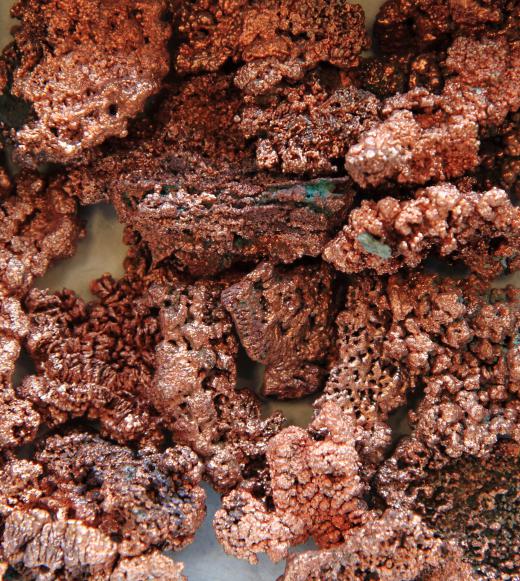The term "stamp mill" usually refers to a type of mining equipment used to crush ore-containing rock, although it also can mean the building in which the rock is crushed. In ancient times, variations of the stamp mill were used for pounding grain, for processing oil from seeds and in the paper-making process. Traditionally, however, this type of mill machine has been used to mine gold, silver and copper.
A stamp mill, sometimes called a stamping mill, is constructed with a series of stamps arranged in what is normally a wooden frame. There usually are five stamps in a frame, but this number can vary. Sometimes an individual frame with its set of stamps is called a stamp battery. Although some of the larger stamp mills were powered by steam engines, most use water for their energy source.

Stamps usually are made of steel or something equally heavy, such as wood with iron heads. These stamps are operated by a cam and rotating shaft that are designed to cause the stamp to fall on the rock that is being fed through the machine. This process is repeated until the rock has been pulverized to the point where the target ore can be extracted.

The process of pulverization by pounding with a heavy object is what differentiates stamp mills from grinding mills. Grinding uses some form of compression to break down a substance. The simplest example of grinding is what takes place in the use of a mortar and pestle.
One of the advantages to the stamp mill was the simplicity of its structure. It could be disassembled, transported to a new location and reassembled fairly easily. This meant that miners could use this type of mill machine in remote locations. The main restriction for a stamping mill was the availability of running water for power. In many cases, this was remedied by the damming or rerouting of nearby rivers or streams.
Stamp mills have largely been replaced by more modern means of ore extraction, but archaeological records indicate that variations of the stamp mill have been in existence for thousands of years. The early Greeks used components resembling those of the stamp mill for agricultural purposes, such as removing the hulls from grain. Gold and silver mining efforts during the period of the Roman empire show the use of stamps operated by a cam system. There are even sketches done by Leonardo da Vinci depicting a similar mechanism for use by blacksmiths.
